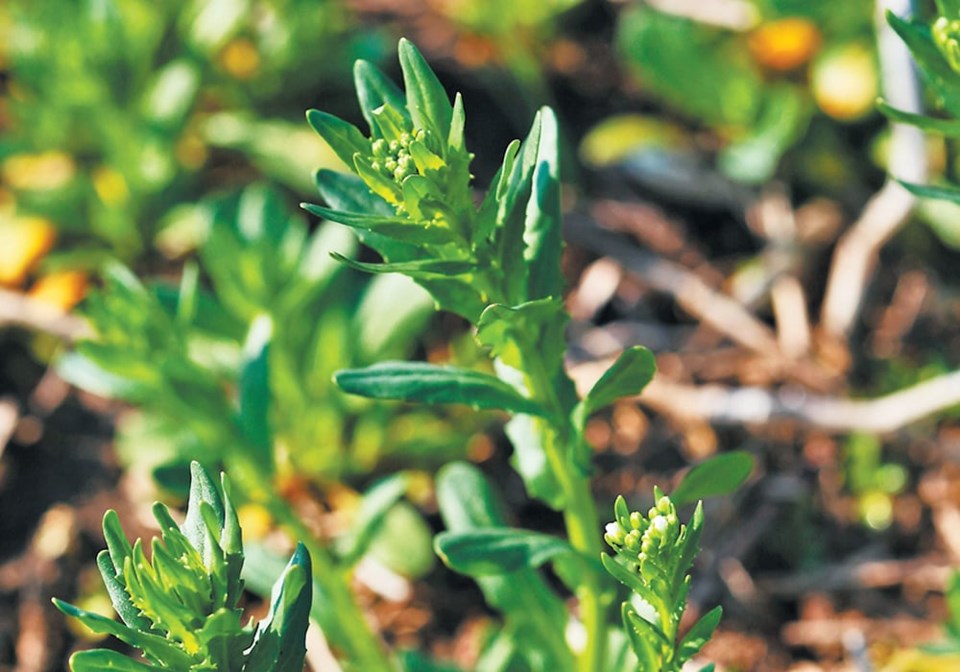SASKATOON — Kevin Cook wants farmers to grow more weeds.
He is the vice-president of breeding at CoverCress Inc., a company that has successfully converted stinkweed, also known as pennycress, into a viable winter oilseed cover crop.
The initial target market for the crop will be the central United States but it could eventually make its way north to Western Canada.
“It’s absolutely possible to develop varieties that would be sufficiently winter hardy for the Canadian market,” he told delegates attending Canola Week 2023.
CoverCress will be used as a feedstock for the renewable diesel sector, which is going to require an additional 7.7 billion kilograms of feedstock annually next year.
Soybean oil currently accounts for 68 percent of U.S. biodiesel and renewable diesel feedstock and the industry can’t count on continued expansion of soybean acres to supply all that extra feedstock.
“We need to find ways that we can increase the production without expanding the footprint and do it in a sustainable way,” said Cook.
CoverCress can be part of the solution because it can be grown on farmland that is sitting fallow in the U.S. Midwest between fall harvest and spring planting.
The company, owned by a consortium of Bayer, Bunge and Chevron, is targeting 10 million acres of farmland in five midwestern states.
The crop is grown in a three-year rotation, so that would amount to about 3.33 million acres per year. The company hopes to achieve that goal within the next few years.
It is targeting between 1,500 and 2,000 pounds of production per acre, which at the high end amounts to about 40 bushels per acre.
“In our research plots we’re able to hit that routinely,” said Cook.
CoverCress has an oil content ranging from 30 to 33 percent. The meal contains 40 percent crude protein.
Cook said it won’t generate as much income as summer crops, but it offers other cover crop benefits such as improved soil health, reduced nutrient run-off and carbon sequestration.
The crop has an “ultra-low” carbon intensity score compared to soybeans and canola because it does not require many passes with farm implements and it uses the existing footprint of corn and soybean crops.
The ideal planting window for the U.S. Midwest is mid-September through the first week of October. The crop is harvested from mid-May to the beginning of June.
The company is working with the University of Minnesota to develop lines suitable for more northern climates, including Western Canada.
CoverCress was developed through conventional breeding and gene editing techniques and is therefore not subject to additional regulatory scrutiny in the U.S.
The company is working with the Environmental Protection Agency to establish which herbicides and fungicides can be used on the crop and on the preceding crops.
“We’re making really good, solid progress on putting all those together to enable our crop to be grown out in farmers’ fields,” said Cook.
SASKTODAY.ca is Saskatchewan's home page. Bookmark us at this link.

